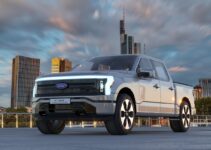Car manufacturing has significantly shaped small communities across the United States, bringing both economic prosperity and challenges. Let’s explore the good and bad impacts, from historical milestones to contemporary issues, highlighting specific towns and policies that have influenced these changes.
1. Detroit, Michigan: The Boom and Bust
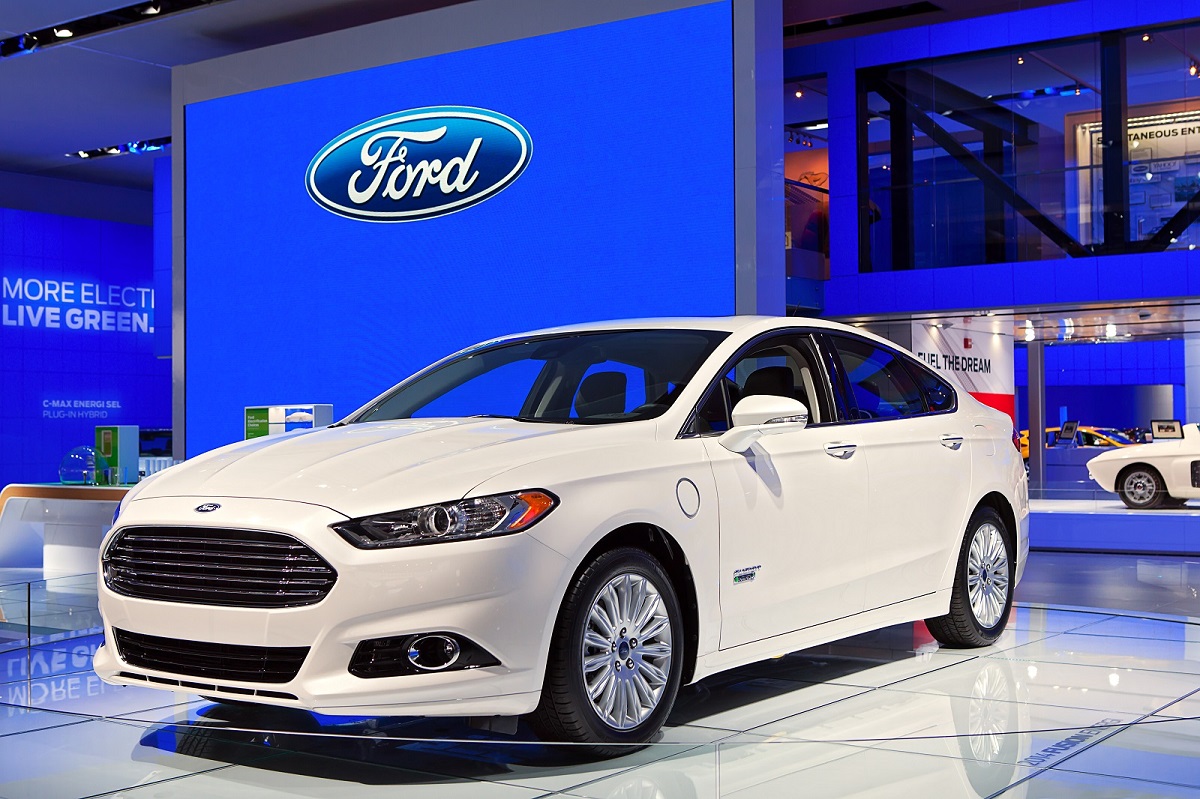
Image Credit: Shutterstock / Darren Brode
Detroit, known as the Motor City, epitomizes the transformative impact of car manufacturing. The rise of Ford, General Motors, and Chrysler in the early 20th century brought immense economic growth, turning Detroit into an industrial powerhouse. However, the decline of these giants due to globalization and competition led to severe economic downturns, high unemployment, and population loss. Policies like the North American Free Trade Agreement (NAFTA) accelerated this decline by moving production to countries with lower labor costs.
2. Lordstown, Ohio: A Factory’s Lifeline
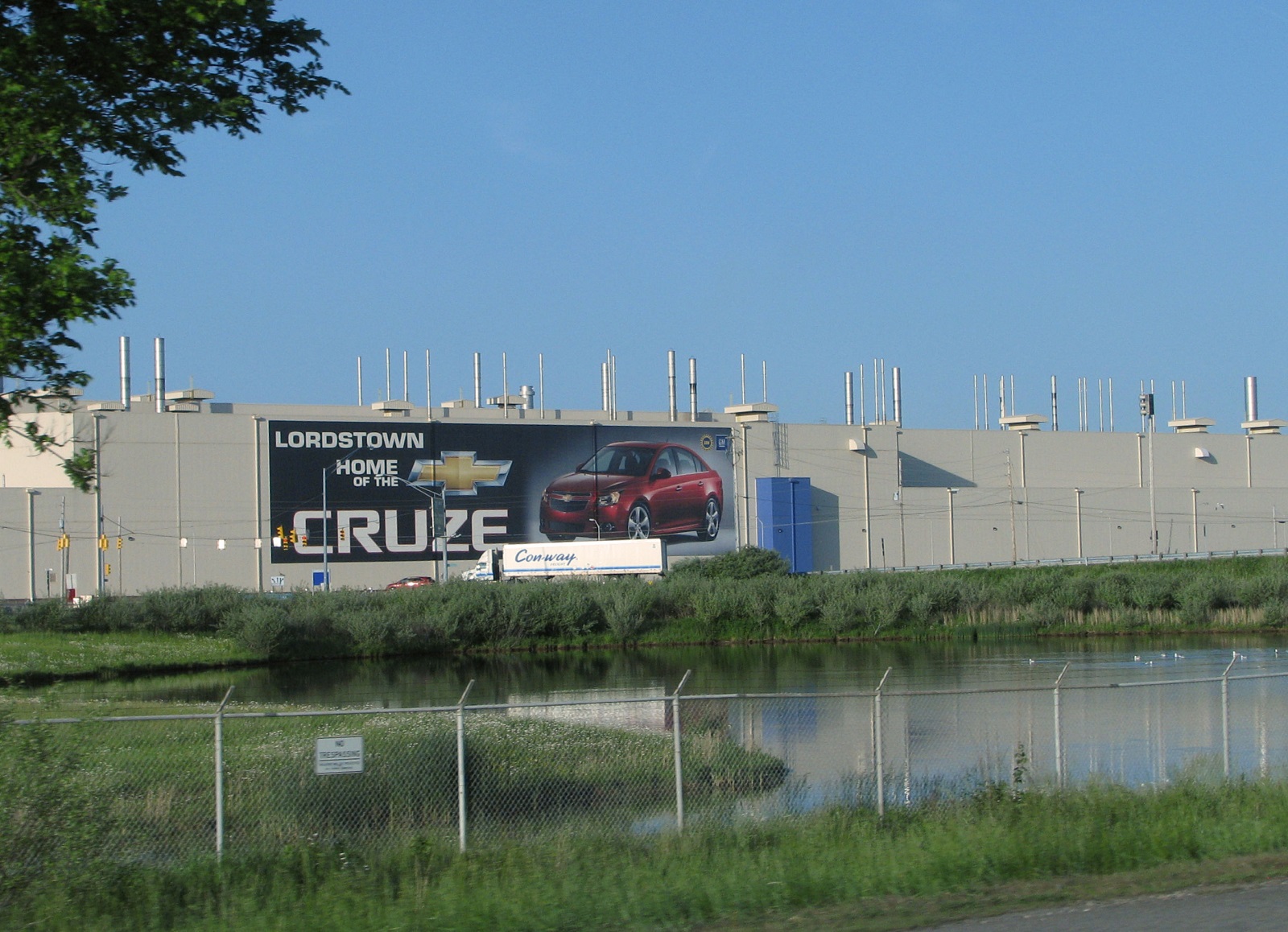
Image Credit: Shutterstock / Daniel J. Macy
The GM Lordstown Assembly Plant opened in 1966, providing stable jobs and economic growth to the small town of Lordstown. However, the plant’s closure in 2019 left the community grappling with unemployment and economic instability. Despite attempts to revive the plant with electric vehicle production by companies like Lordstown Motors, the future remains uncertain.
3. Spring Hill, Tennessee: A Revival Story
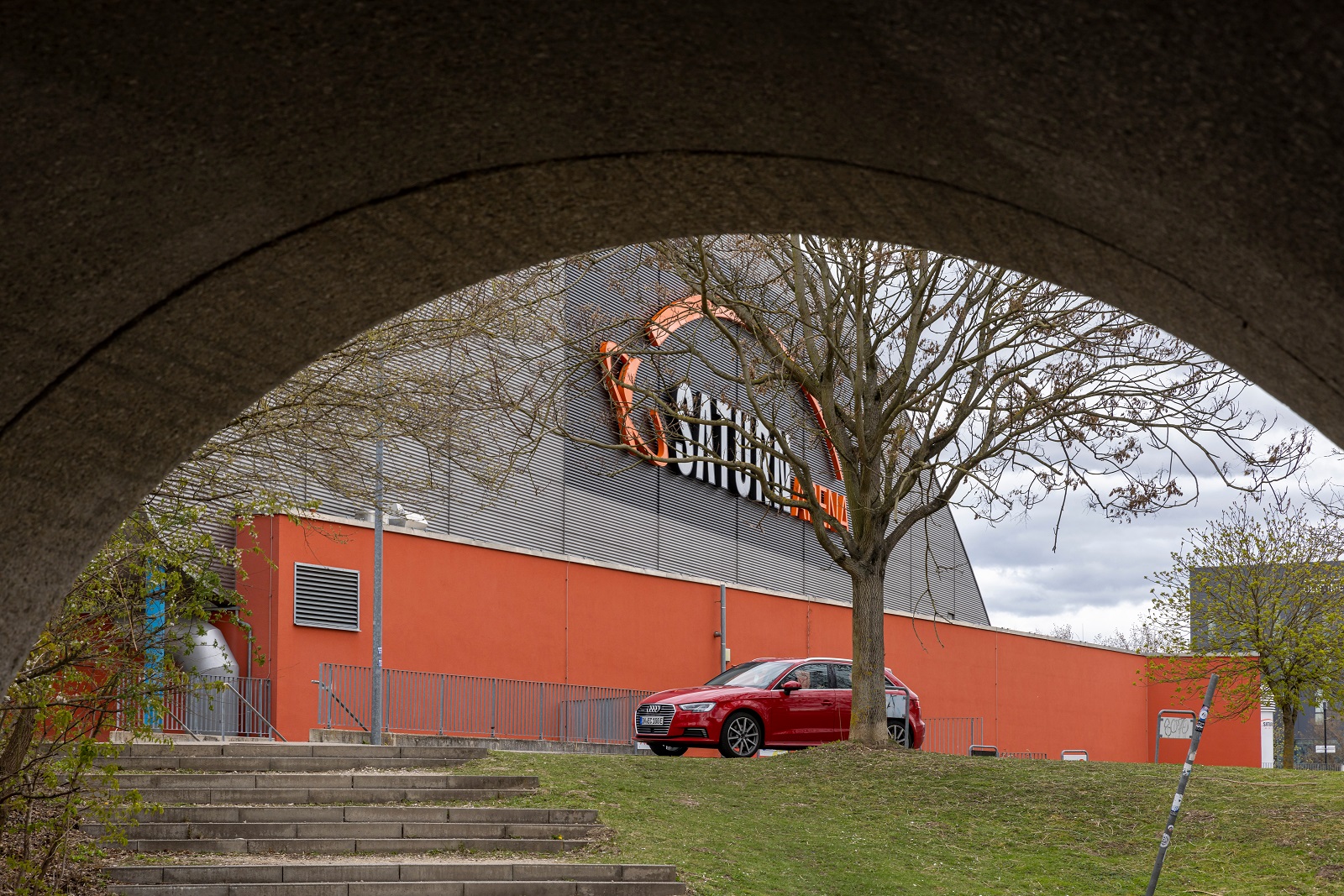
Image Credit: Shutterstock / Ilari Nackel
Spring Hill’s economy flourished with the establishment of the Saturn Corporation by GM in 1990. Although GM discontinued the Saturn brand in 2010, the plant was revitalized to produce other GM vehicles, preserving jobs and contributing to local economic stability. This transition was supported by government incentives and local policies aimed at retaining manufacturing jobs.
4. Janesville, Wisconsin: The Impact of Shutdown
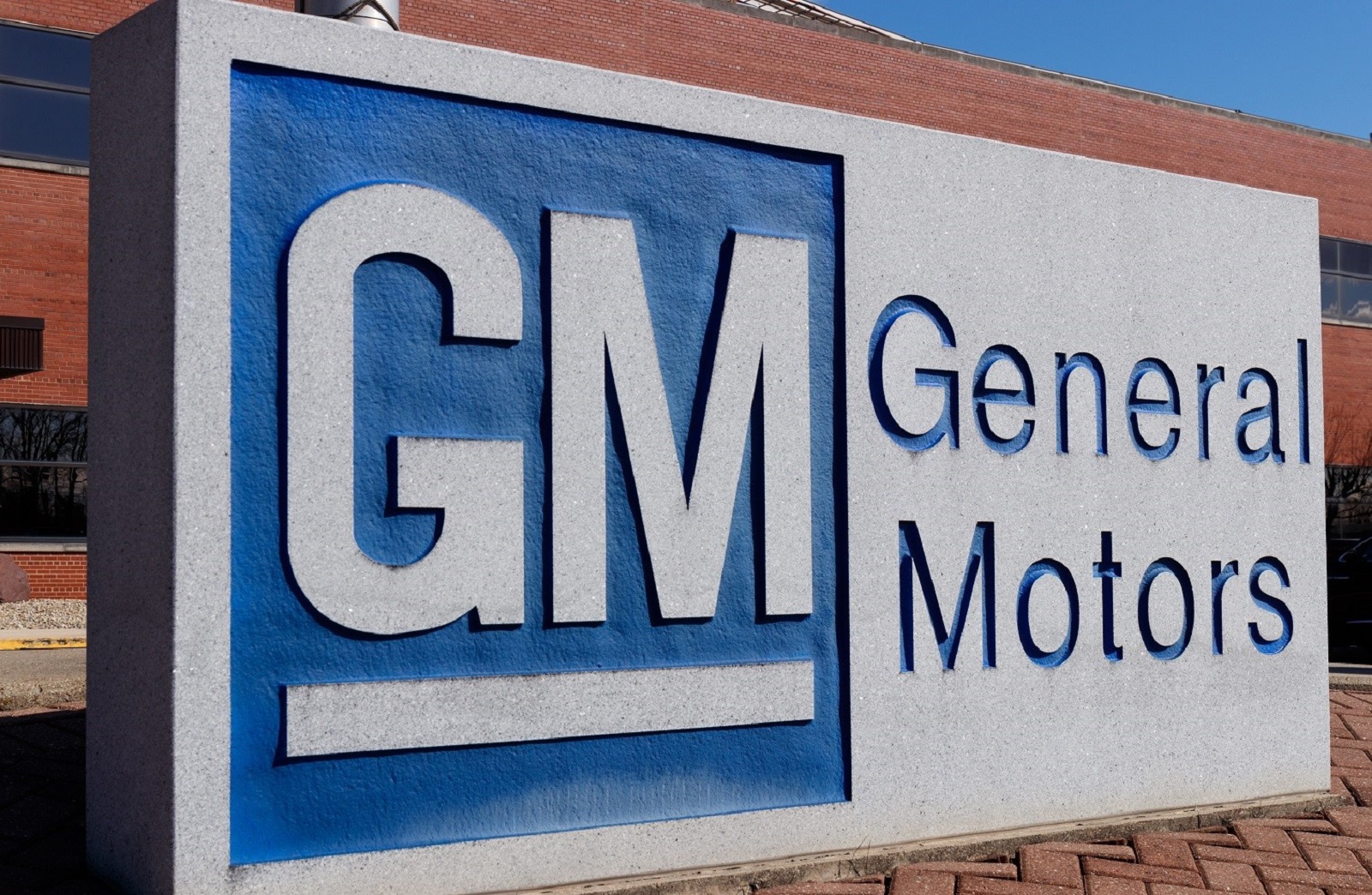
Image Credit: Shutterstock / Jonathan Weiss
The GM plant in Janesville operated for over 85 years before closing in 2008, leaving a significant economic void. The town faced a loss of over 2,000 jobs, which had a ripple effect on local businesses and the housing market. Efforts to attract new industries have been ongoing, but the recovery has been slow and challenging.
5. Fremont, California: From NUMMI to Tesla

Image Credit: Shutterstock / Tada Images
The New United Motor Manufacturing, Inc. (NUMMI) plant in Fremont, a joint venture between GM and Toyota, closed in 2010. Tesla Motors purchased the facility later that year, transforming it into a modern electric vehicle manufacturing hub. This transition has revitalized Fremont, bringing high-tech jobs and significant economic growth to the area.
6. Flint, Michigan: Struggles and Resilience
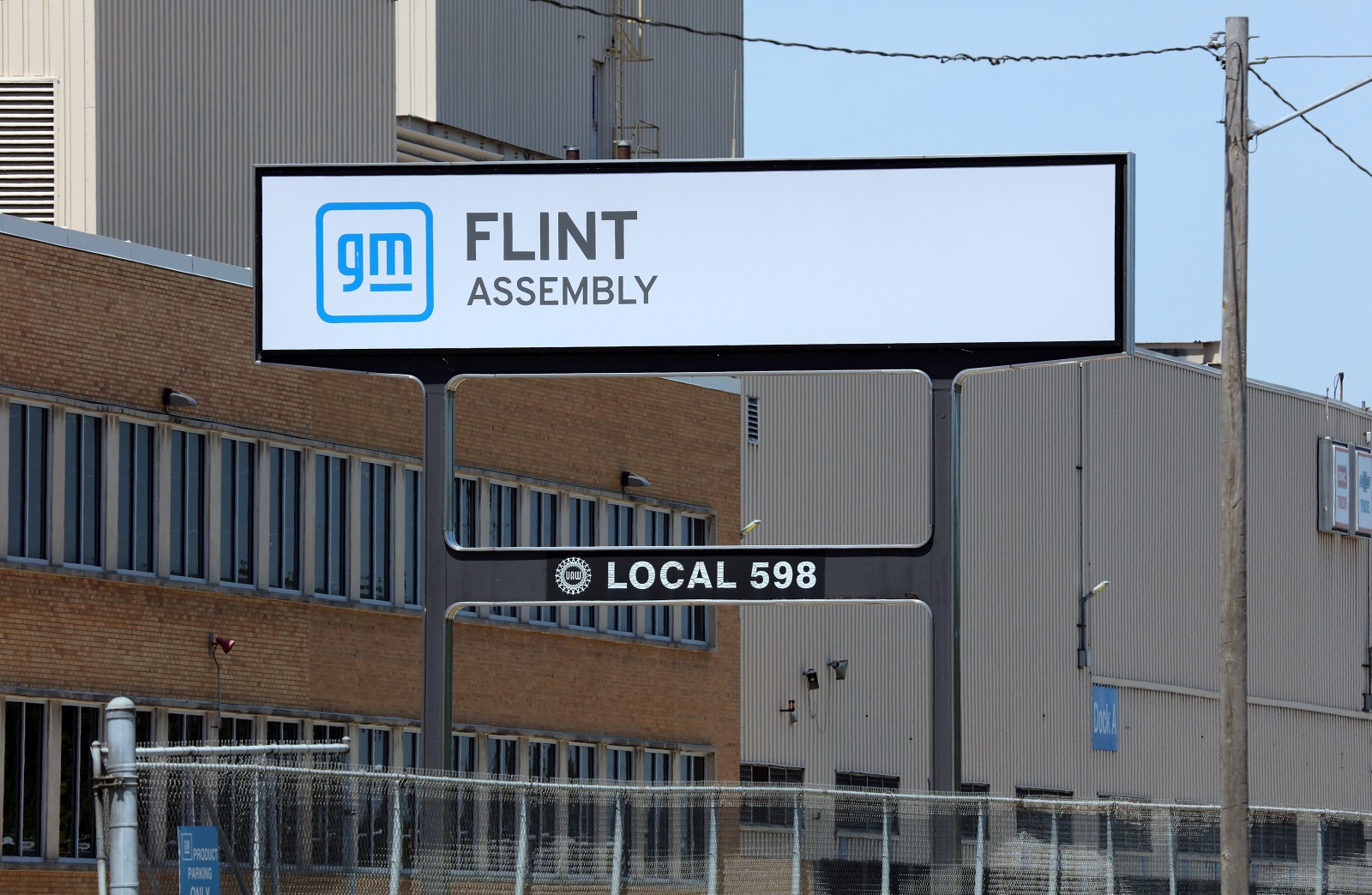
Image Credit: Shutterstock / Katherine Welles
Flint’s history is closely tied to the auto industry, with Buick and Chevrolet plants fueling its growth in the 20th century. The decline of these plants led to economic hardships, including job losses and a shrinking tax base. Flint’s struggles were compounded by the water crisis, but efforts to diversify the economy and improve infrastructure are ongoing.
7. Georgetown, Kentucky: Toyota’s Impact
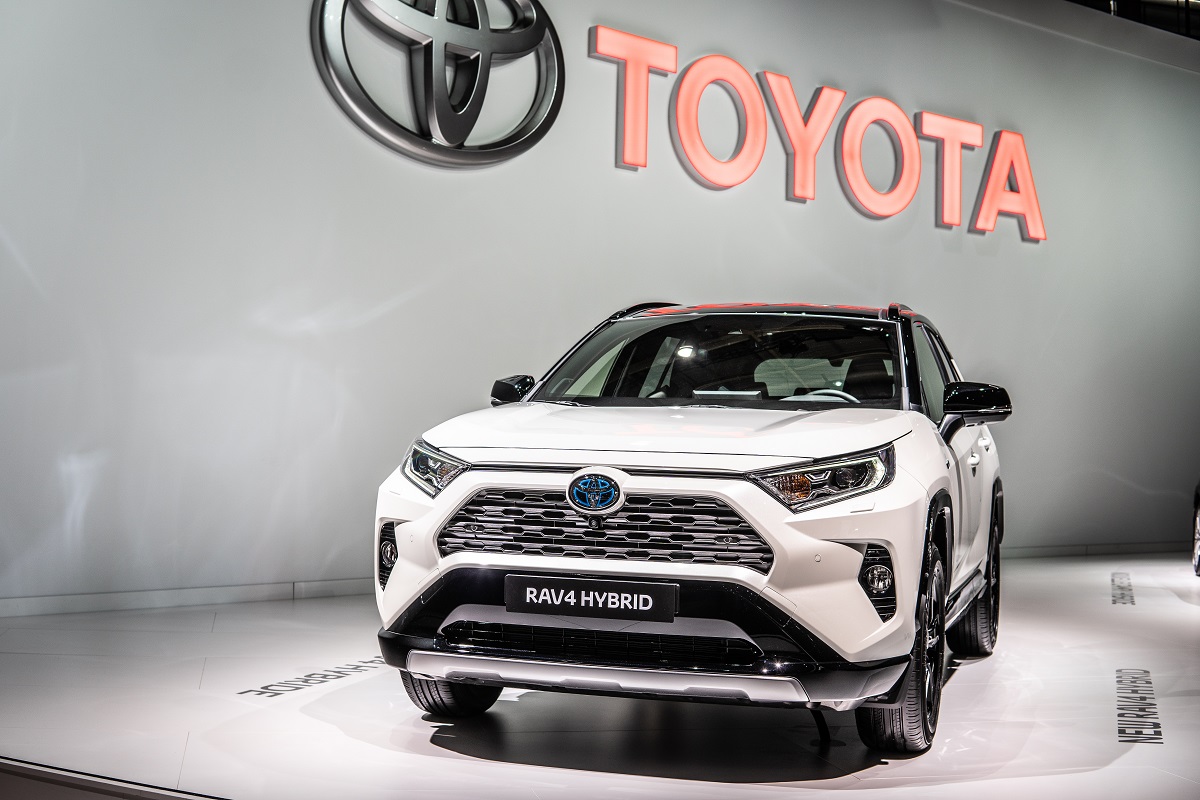
Image Credit: Shutterstock / Grzegorz Czapski
Toyota’s decision to build its largest vehicle manufacturing plant in Georgetown in 1986 brought thousands of jobs and economic prosperity to the region. The plant, which produces the Camry, has been a major economic driver, supported by state incentives and favorable business policies.
8. Marysville, Ohio: Honda’s Long-Term Commitment
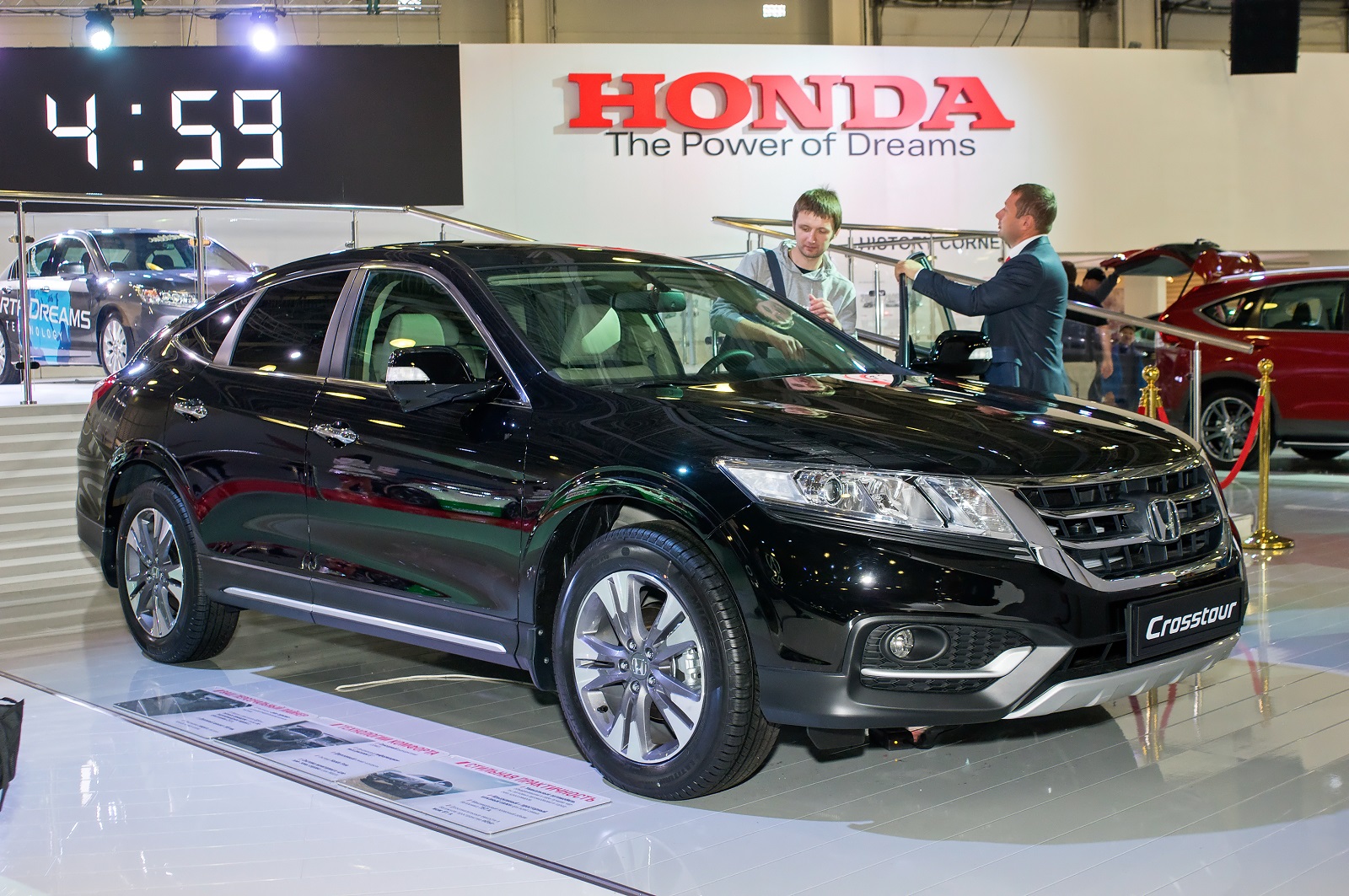
Image Credit: Massimiliano / eans
Honda’s establishment of a manufacturing plant in Marysville in 1982 marked the beginning of a long-term economic partnership. The plant has expanded over the years, providing stable employment and contributing to local economic development. Ohio’s business-friendly policies have supported this growth.
9. Spartanburg, South Carolina: BMW’s Southern Strategy
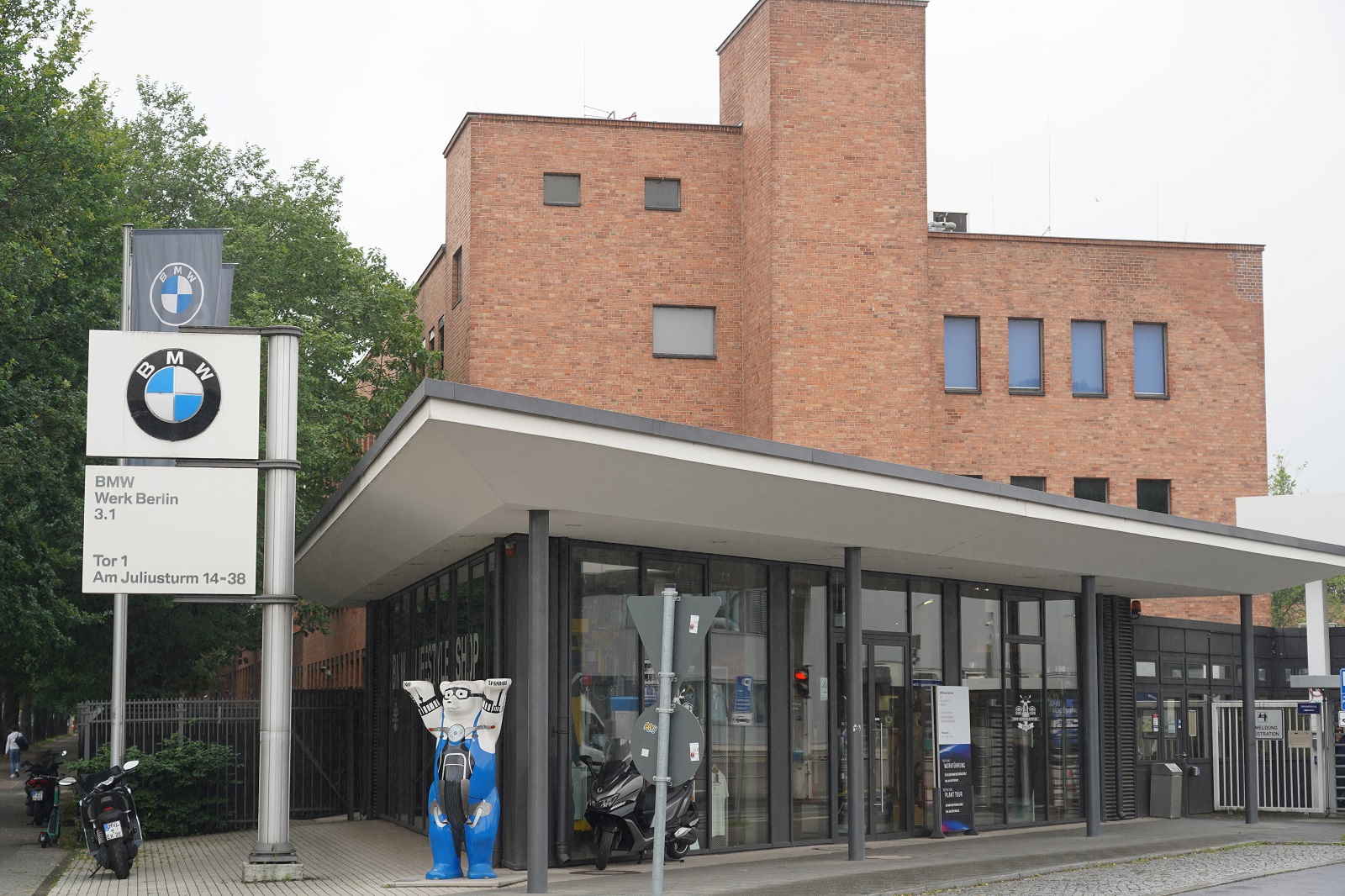
Image Credit: Shutterstock / Achim Wagner
BMW’s plant in Spartanburg, opened in 1994, has turned the area into a major manufacturing hub. The plant’s success has spurred economic growth, supported by South Carolina’s incentives and infrastructure investments. The presence of BMW has attracted numerous suppliers and related industries to the region.
10. Bowling Green, Kentucky: Corvette Pride
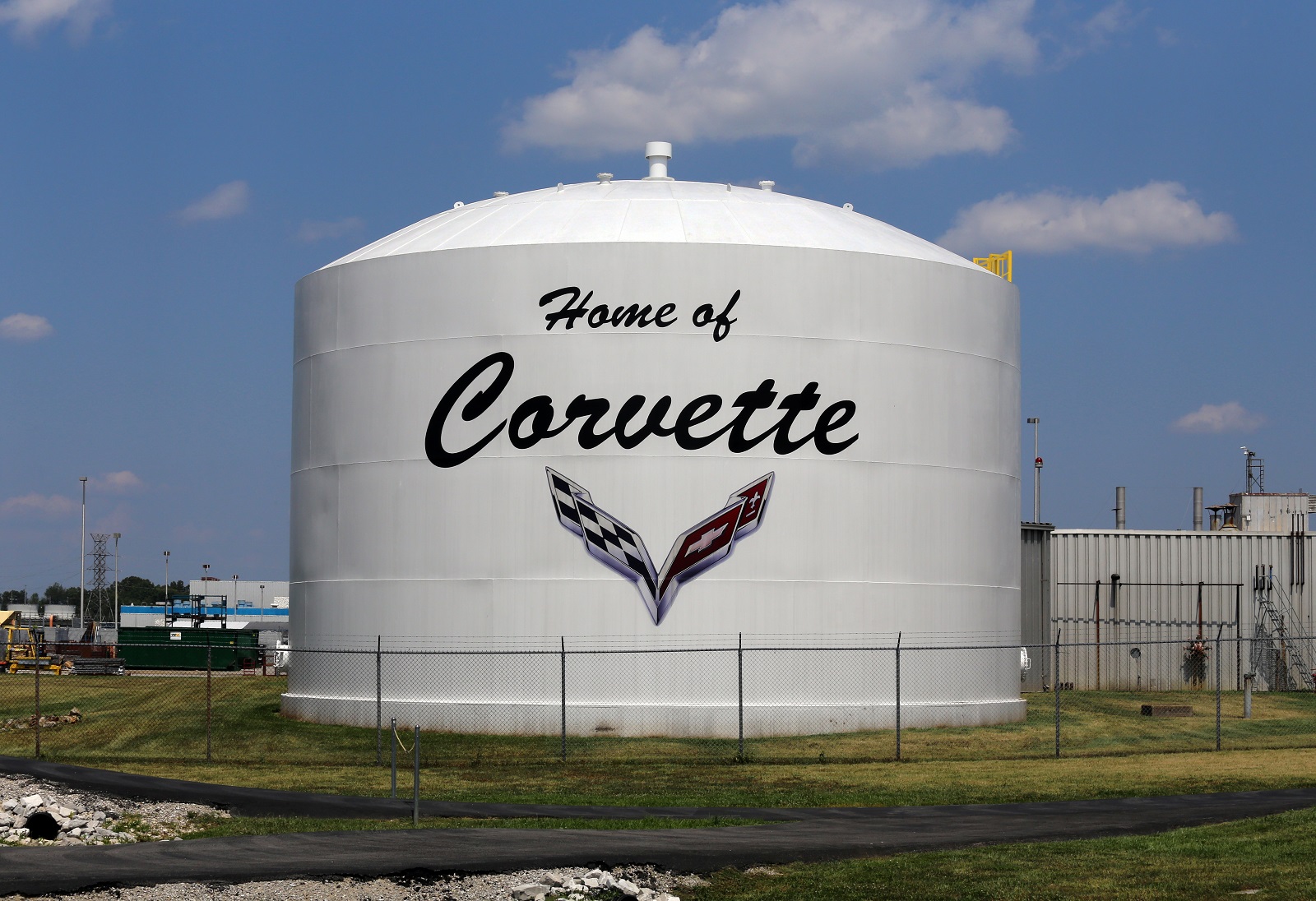
Image Credit: Shutterstock / Katherine Welles
The GM Bowling Green Assembly Plant, home to the Corvette, has been a source of pride and economic stability for the town since 1981. The plant’s continuous production and expansion have been bolstered by state incentives and local support, maintaining its status as an iconic manufacturing site.
11. Normal, Illinois: Shifts in Production
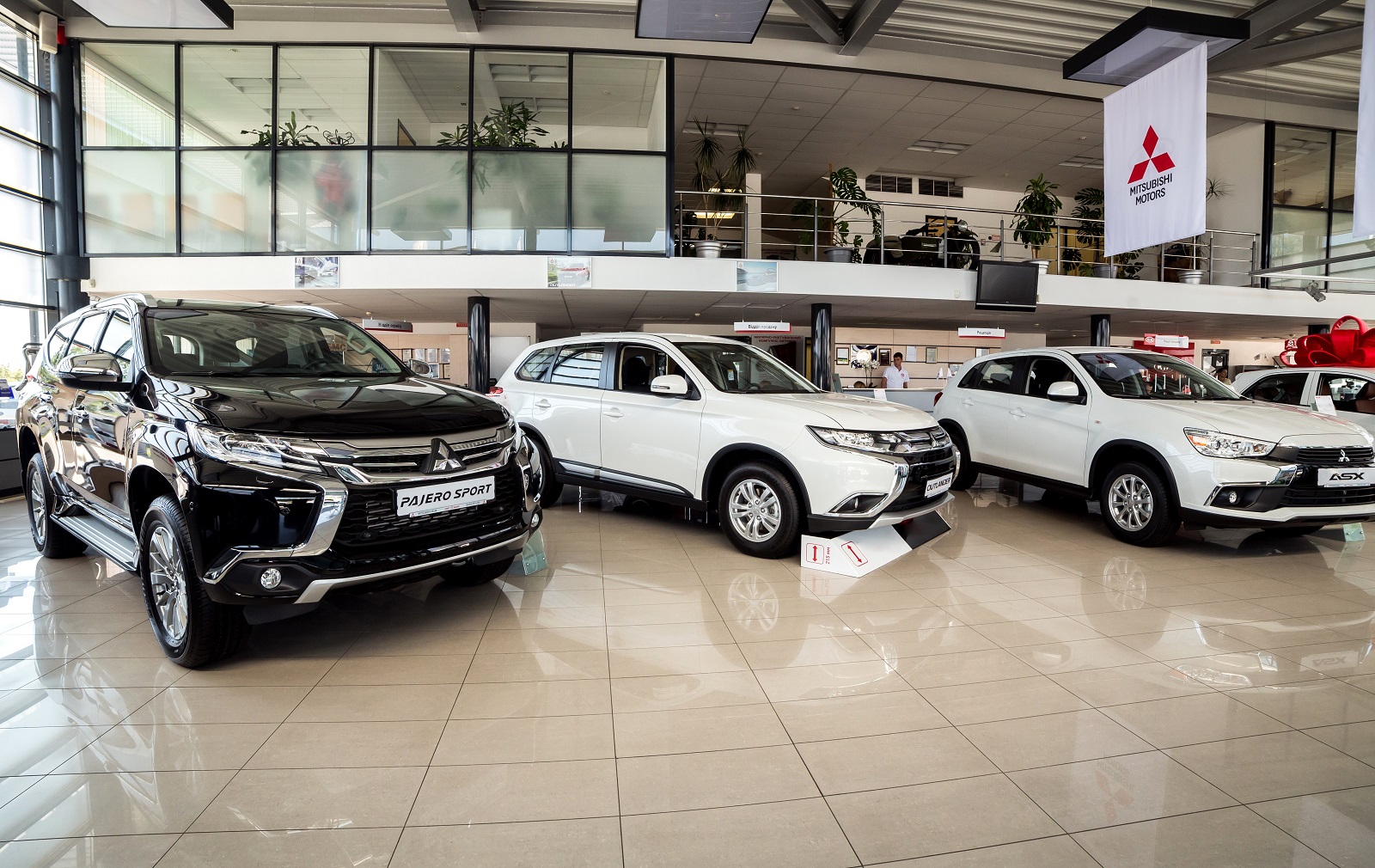
Image Credit: Shutterstock / BONDART PHOTOGRAPHY
Mitsubishi Motors’ plant in Normal, which operated from 1988 to 2015, faced declining sales and eventual closure. Rivian, an electric vehicle startup, acquired the facility in 2017, bringing hope for economic revival. This transition has been supported by state and local incentives aimed at fostering innovation and job creation.
12. Toledo, Ohio: Jeep’s Legacy

Image Credit: Shutterstock / Susan Montgomery
The Jeep plant in Toledo has been a cornerstone of the local economy since the 1940s. Despite fluctuations in the auto industry, the plant continues to thrive, producing popular models like the Wrangler. Ohio’s supportive policies and investment in infrastructure have helped sustain this legacy.
13. Belvidere, Illinois: Shifts in Fortune
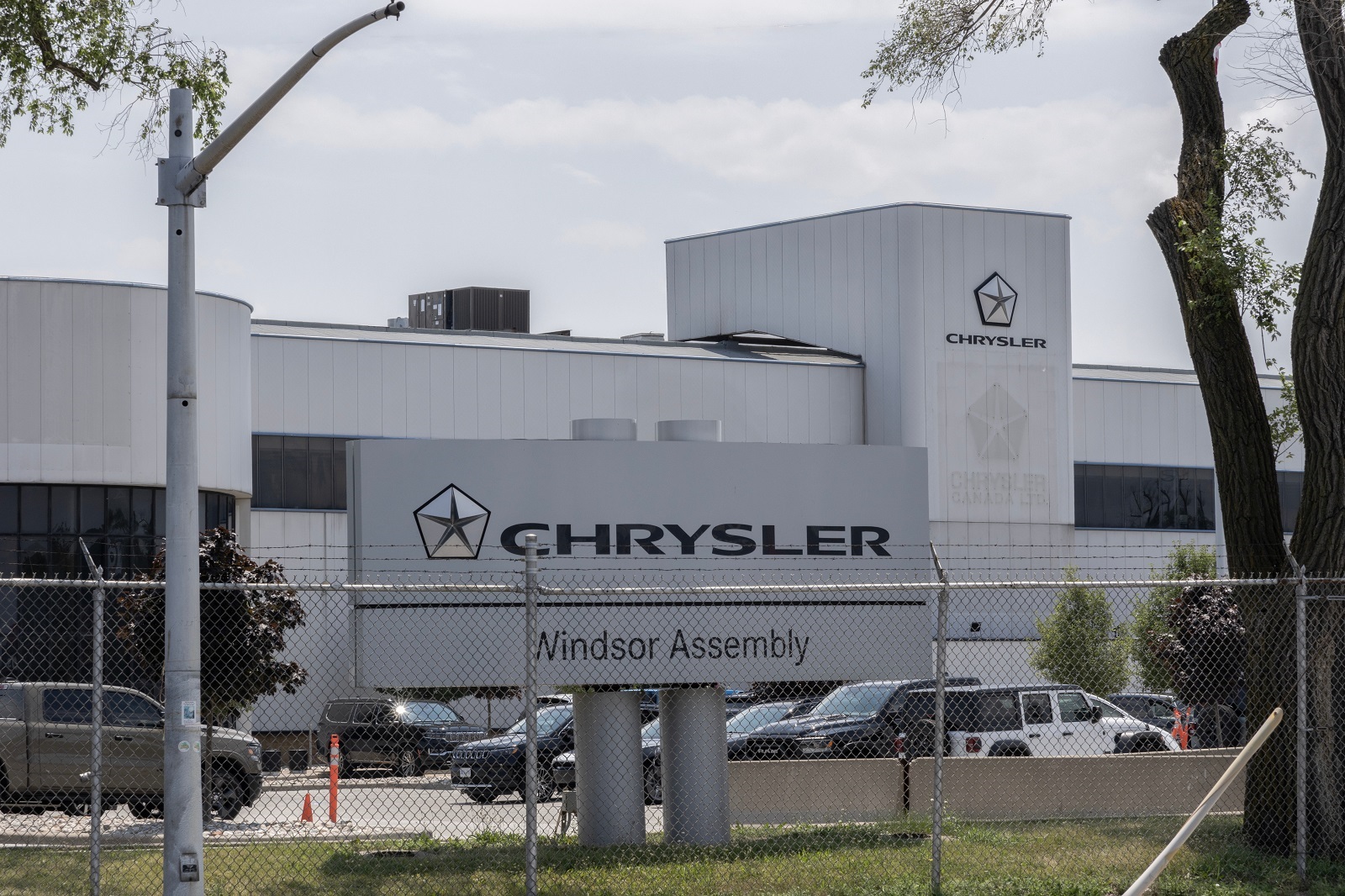
Image Credit: Shutterstock / Jonathan Weiss
The Chrysler plant in Belvidere has faced multiple closures and re-openings, reflecting the auto industry’s volatility. Despite these challenges, the plant remains a key employer, with state incentives and local efforts focused on maintaining its operations.
14. East Liberty, Ohio: Honda’s Expansion
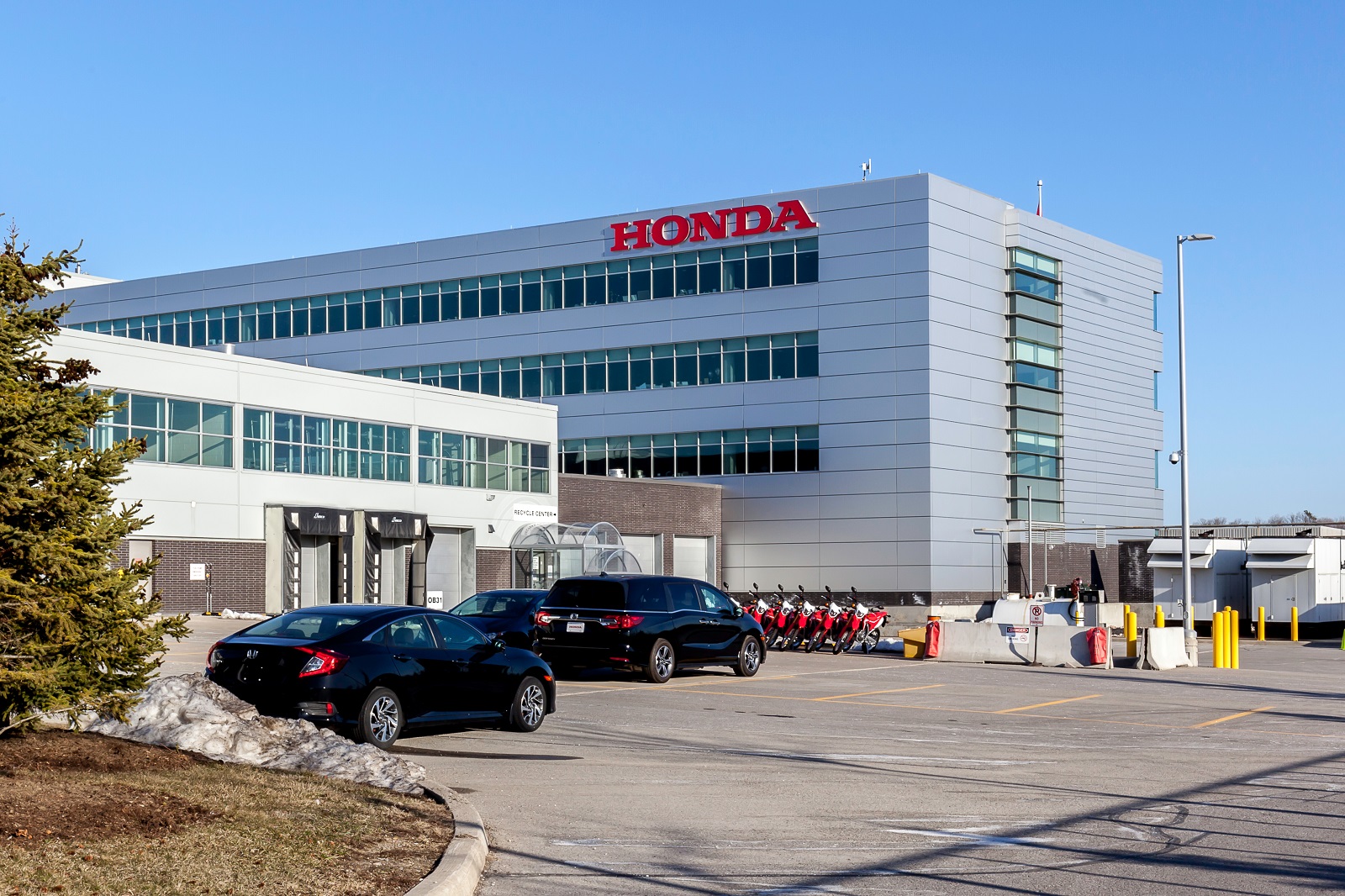
Image Credit: Shutterstock / JHVEPhoto
Honda’s East Liberty plant, opened in 1989, complements its Marysville facility, further solidifying Ohio’s role in the auto industry. The plant’s expansion has been driven by favorable state policies and a skilled workforce, contributing to regional economic stability.
15. Tuscaloosa, Alabama: Mercedes-Benz’s Southern Footprint
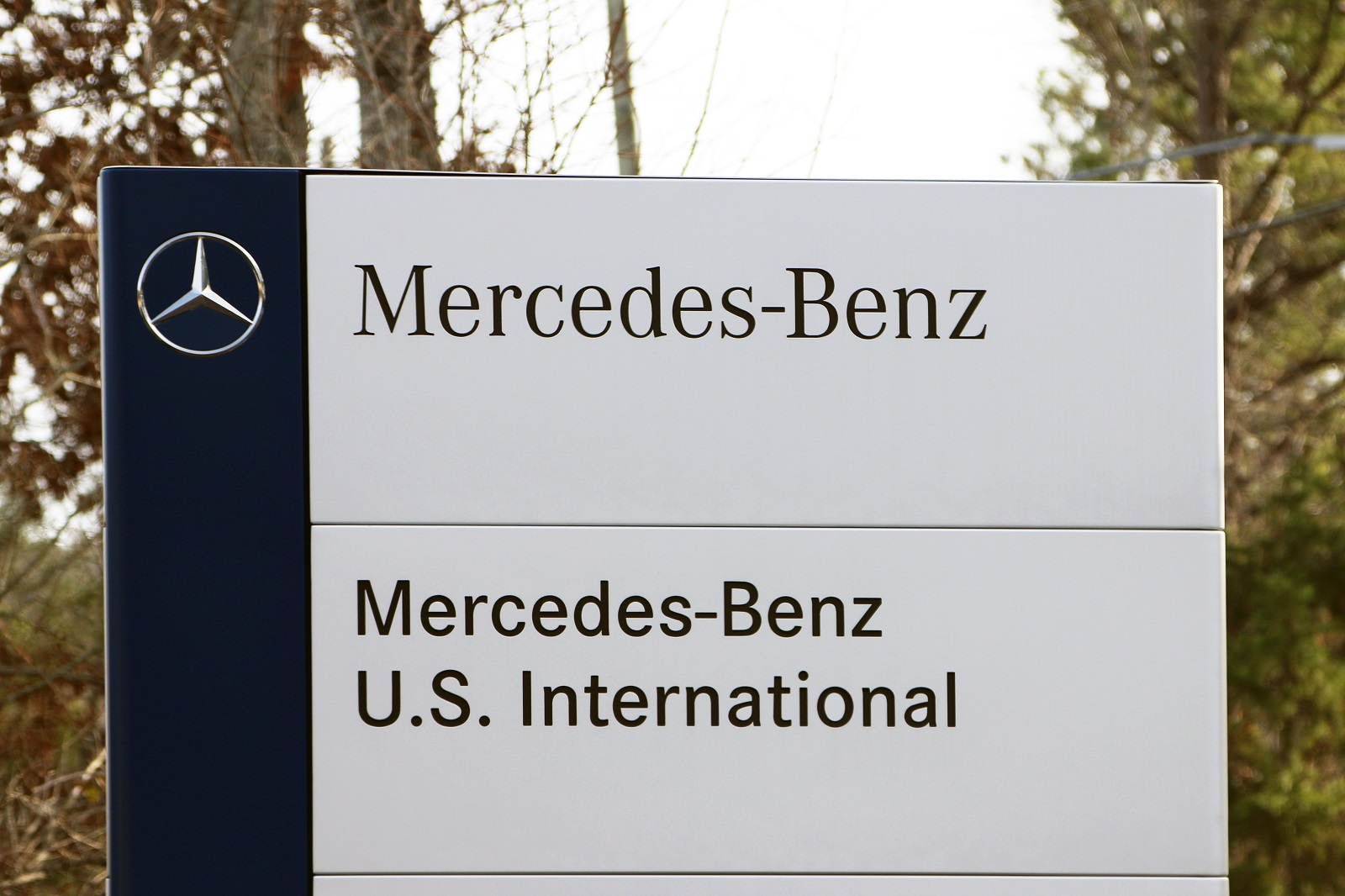
Image Credit: Shutterstock / James R. Martin
Mercedes-Benz’s plant in Tuscaloosa, opened in 1997, marked a significant investment in the Southern U.S. The plant has grown to become a major employer, supported by Alabama’s incentives and efforts to attract foreign investment.
16. Smyrna, Tennessee: Nissan’s North American Hub
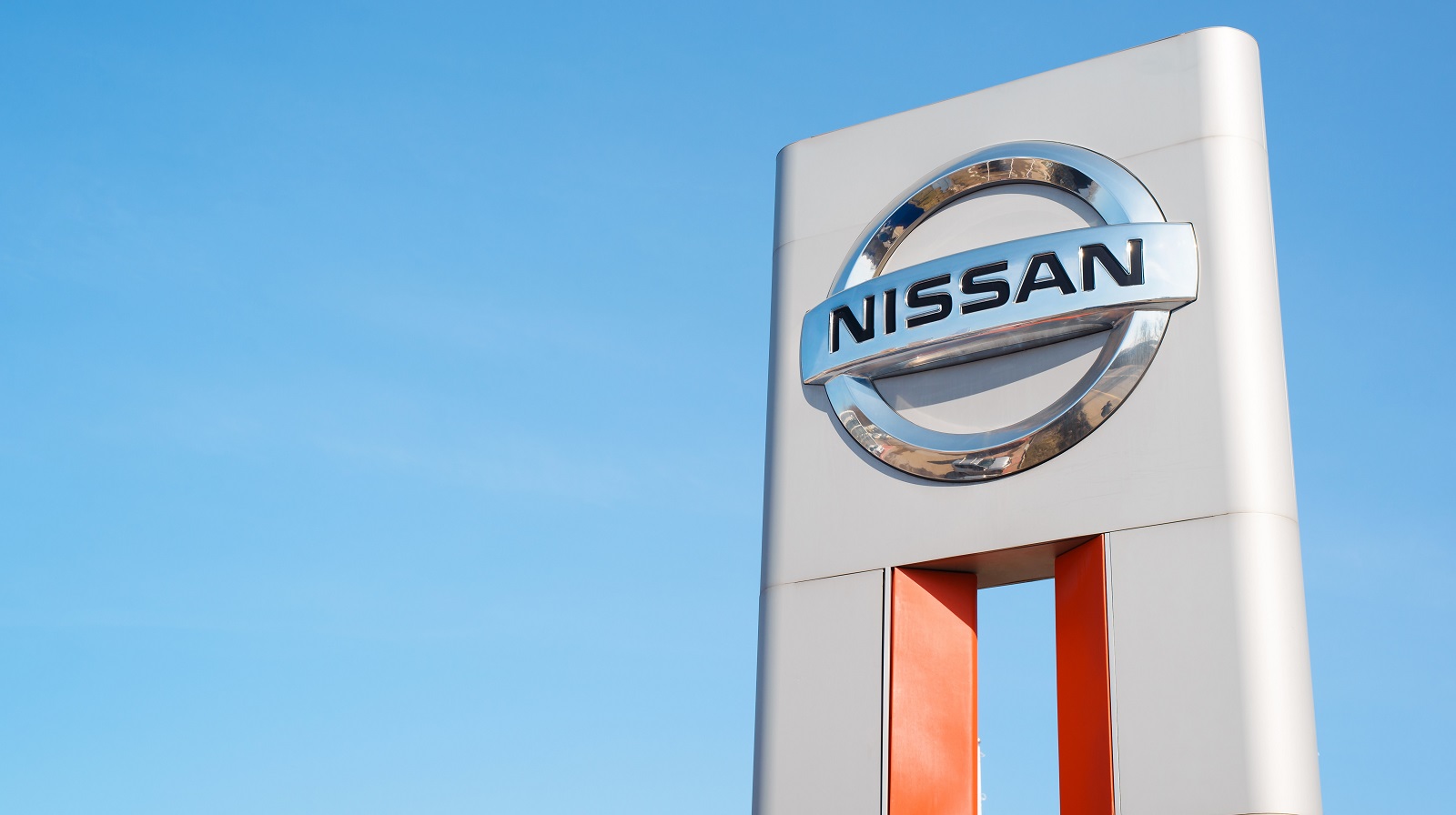
Image Credit: Shutterstock / Sergio Photone
Nissan’s plant in Smyrna, established in 1983, has become one of the largest in the U.S., producing over 640,000 vehicles annually. Tennessee’s business-friendly environment and strategic incentives have played a crucial role in this success.
17. Lafayette, Indiana: Subaru’s American Base
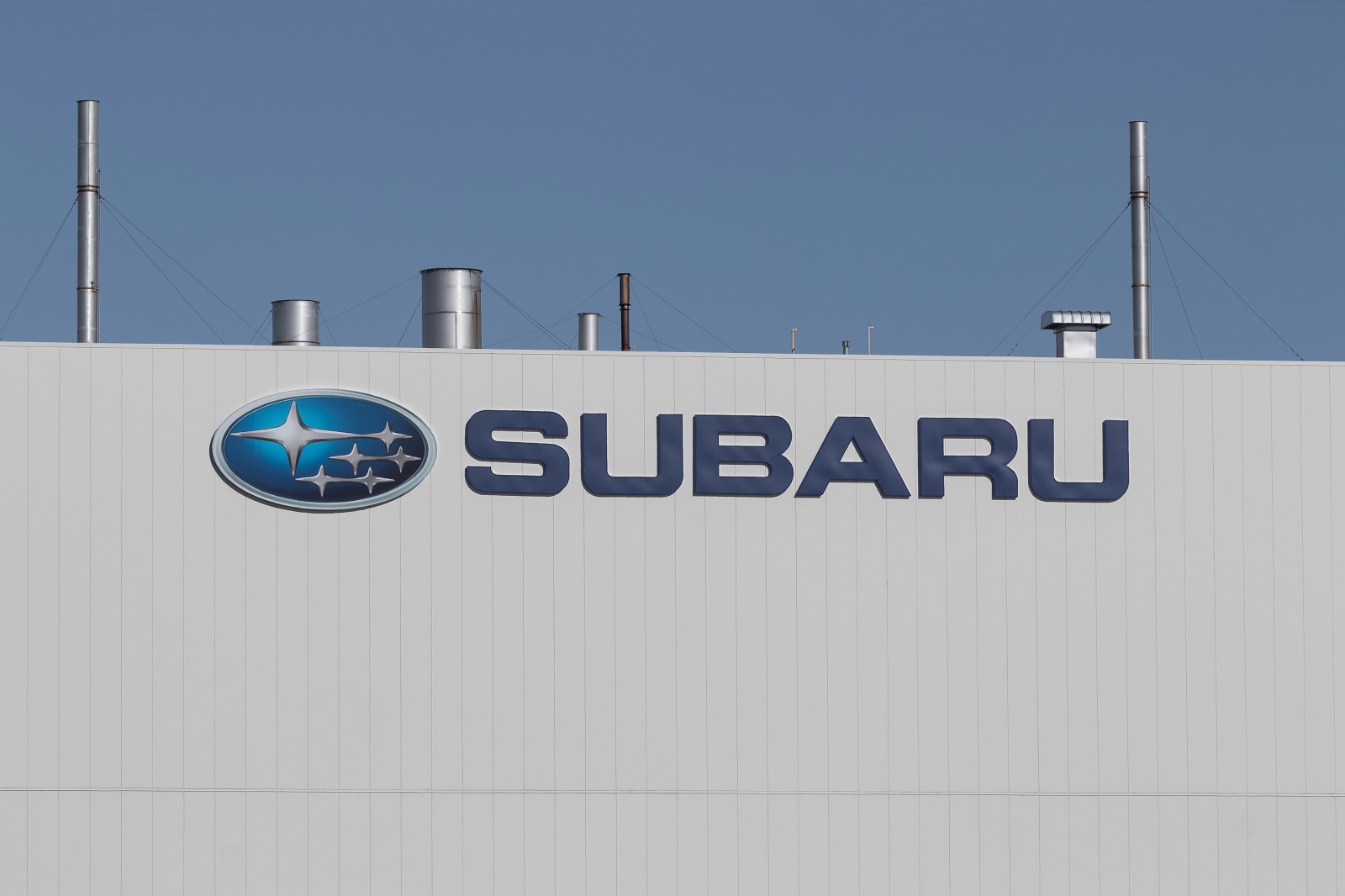
Image Credit: Shutterstock / Jonathan Weiss
Subaru’s plant in Lafayette, operational since 1989, has grown significantly, producing popular models like the Outback and Legacy. Indiana’s support for manufacturing and investment in workforce development has been key to Subaru’s success.
18. Greensburg, Indiana: Honda’s Growth
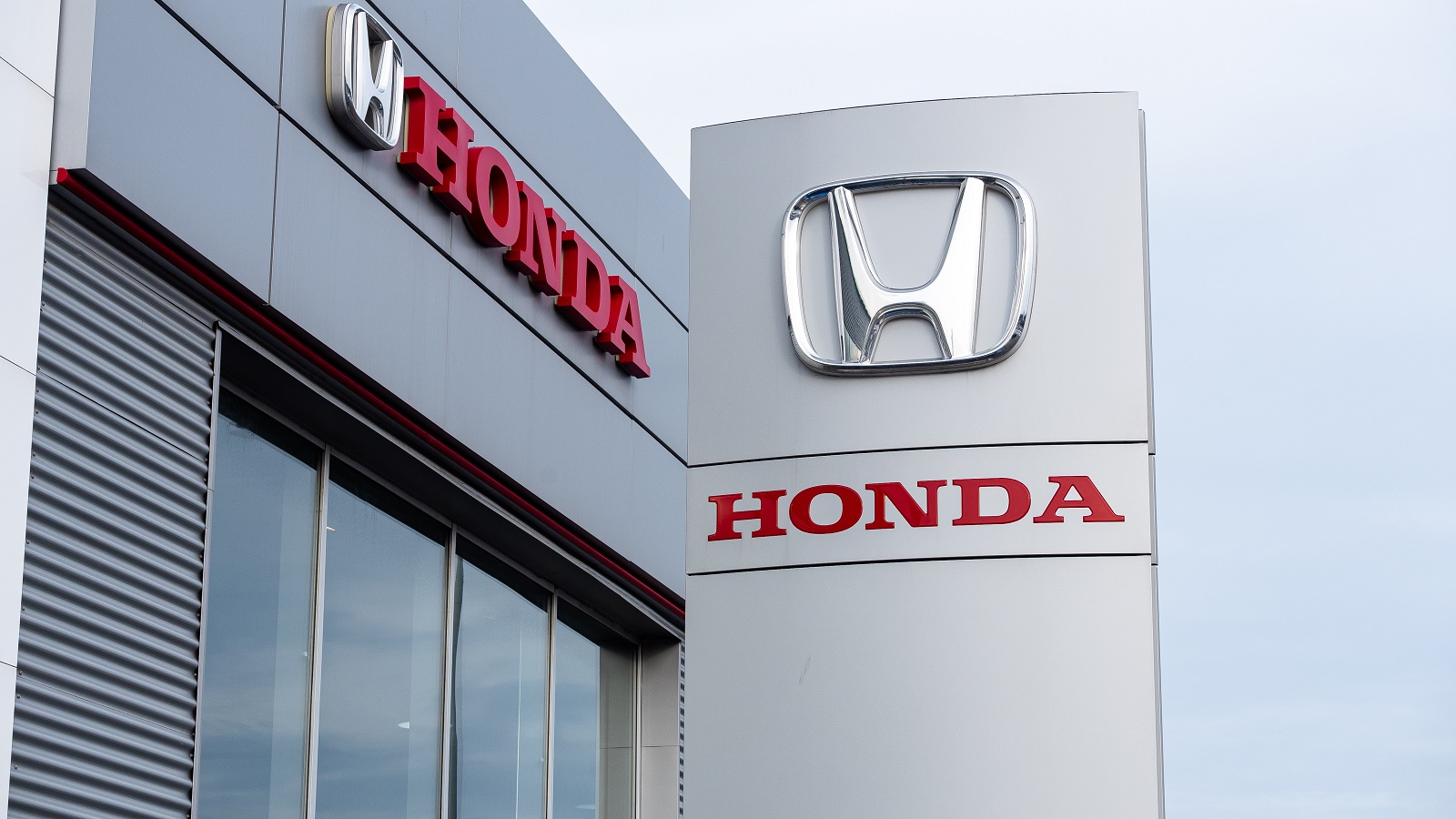
Image Credit: Shutterstock / Anders Nilsson – Sthlm
Honda’s plant in Greensburg, opened in 2008, represents the company’s continued expansion in the U.S. The plant’s success has been bolstered by Indiana’s incentives and a strong manufacturing tradition.
Looking to the Future
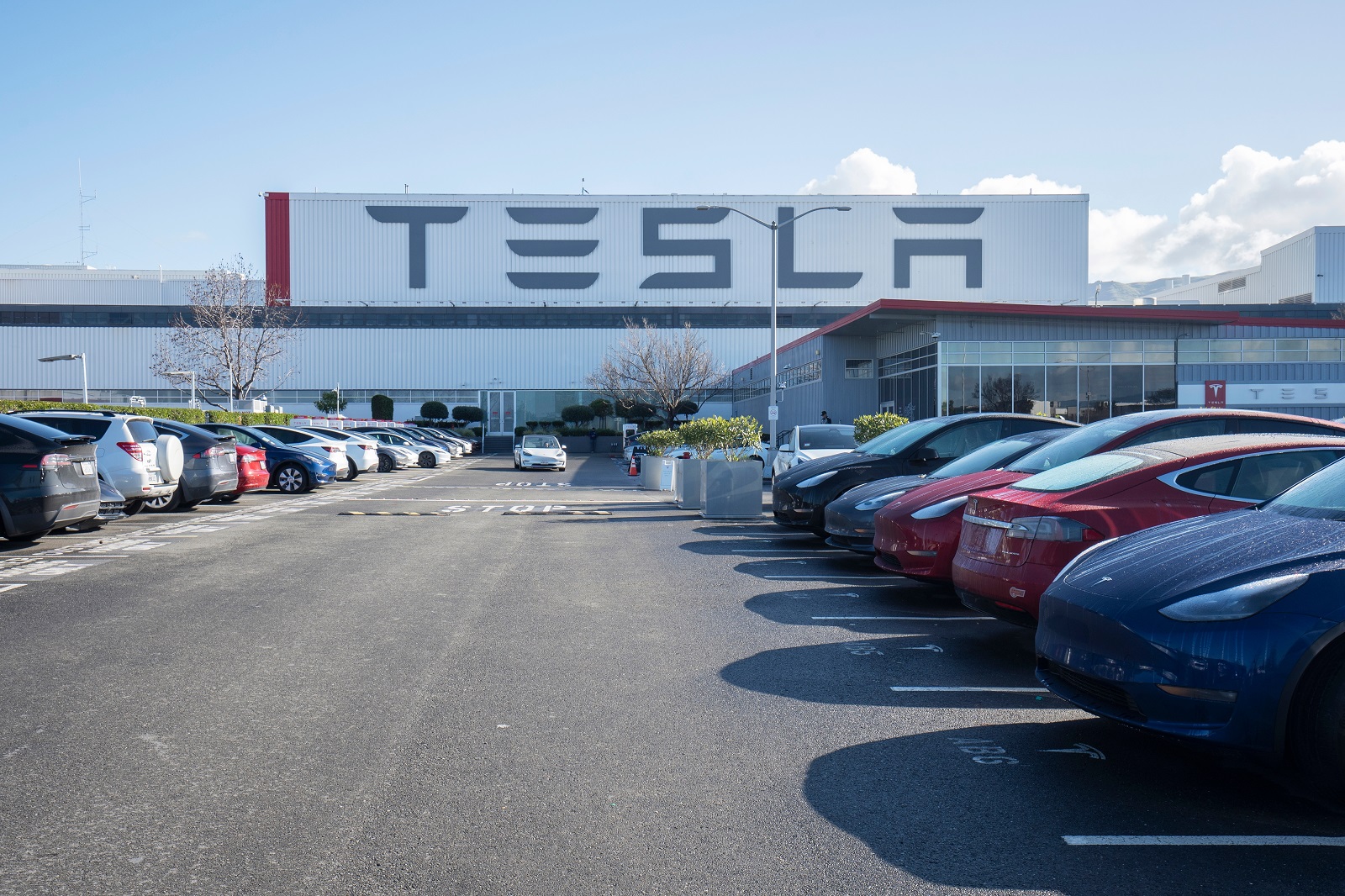
Image Credit: Shutterstock / Tada Images
Car manufacturing has a profound impact on small communities, bringing both opportunities and challenges. Understanding these dynamics is crucial for fostering sustainable development and ensuring that the benefits of car manufacturing outweigh the drawbacks.
2024’s Most Anticipated Car Releases: What’s Coming Soon

Image Credit: Shutterstock / canadianPhotographer56
If you love cars, 2024 is shaping up to be an exciting year. New models are rolling out with more power, better tech, and some fresh designs that could change the game. Here’s the scoop on the top cars hitting the streets soon. 2024’s Most Anticipated Car Releases: What’s Coming Soon
21 Mods That Make Your Car Illegal
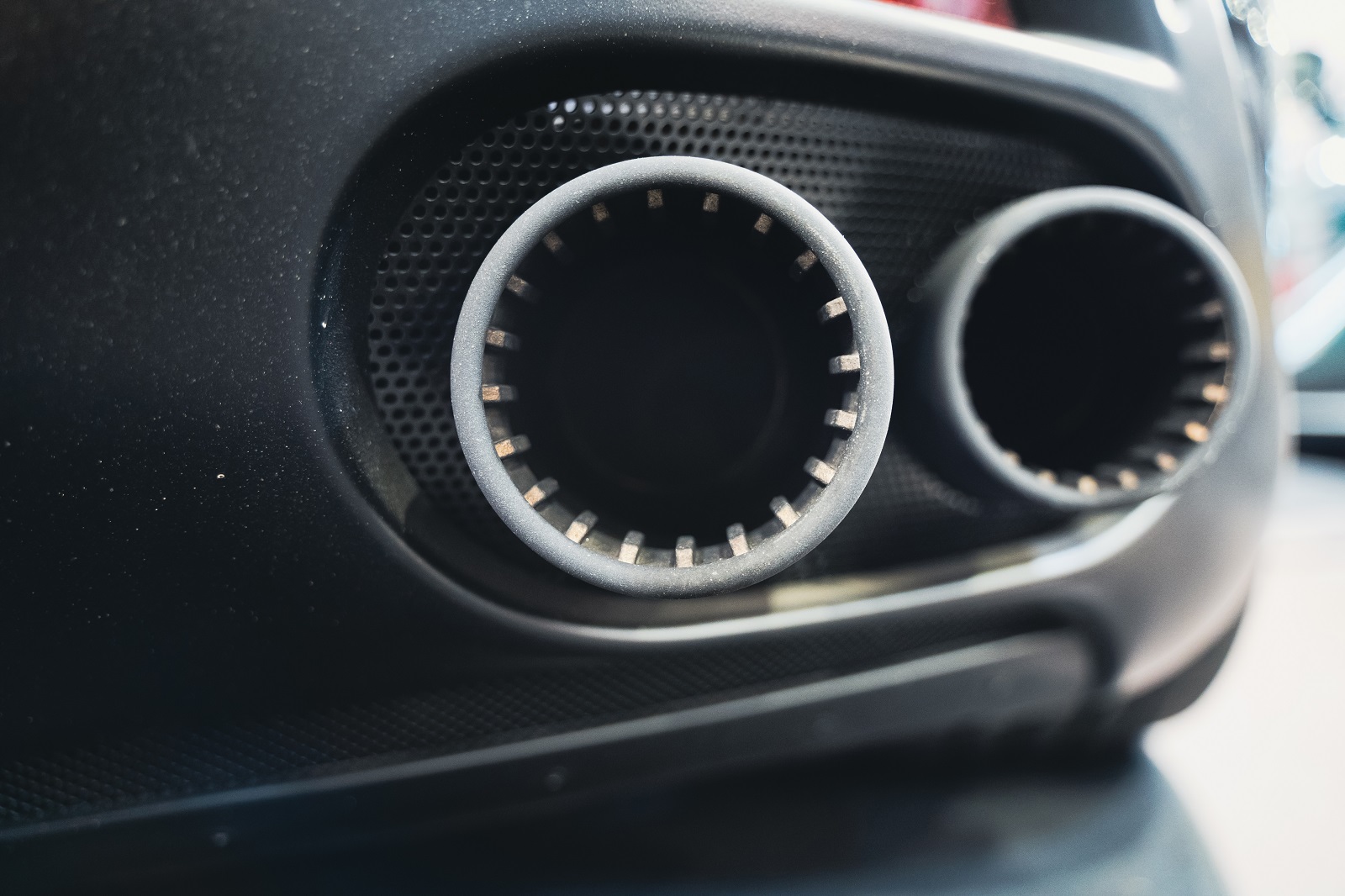
Image Credit: Shutterstock / macondo
Car modifications can enhance style and performance, but not all modifications are legal. Here are 21 illegal car modifications that can get you in trouble with the law across various states. 21 Mods That Make Your Car Illegal
10 American Classic Cars That Define a Generation
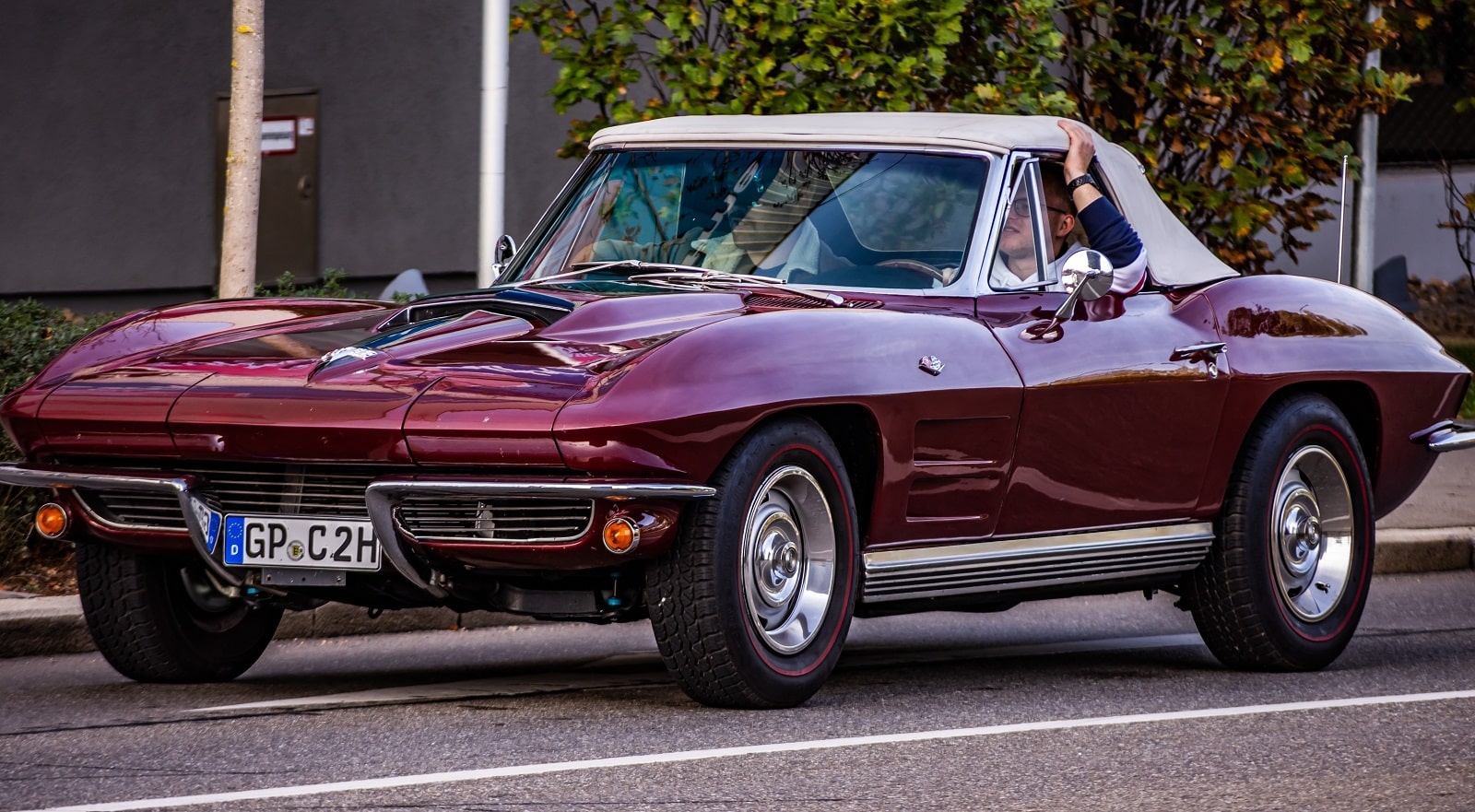
Image Credit: Shutterstock / Krisz12Photo
American classic cars are symbols of their eras, each telling a story of its time and capturing the essence of car culture. Here are ten classics that defined generations. 10 American Classic Cars That Define a Generation
Featured Image Credit: Shutterstock / IM Imagery.
For transparency, this content was partly developed with AI assistance and carefully curated by an experienced editor to be informative and ensure accuracy.

